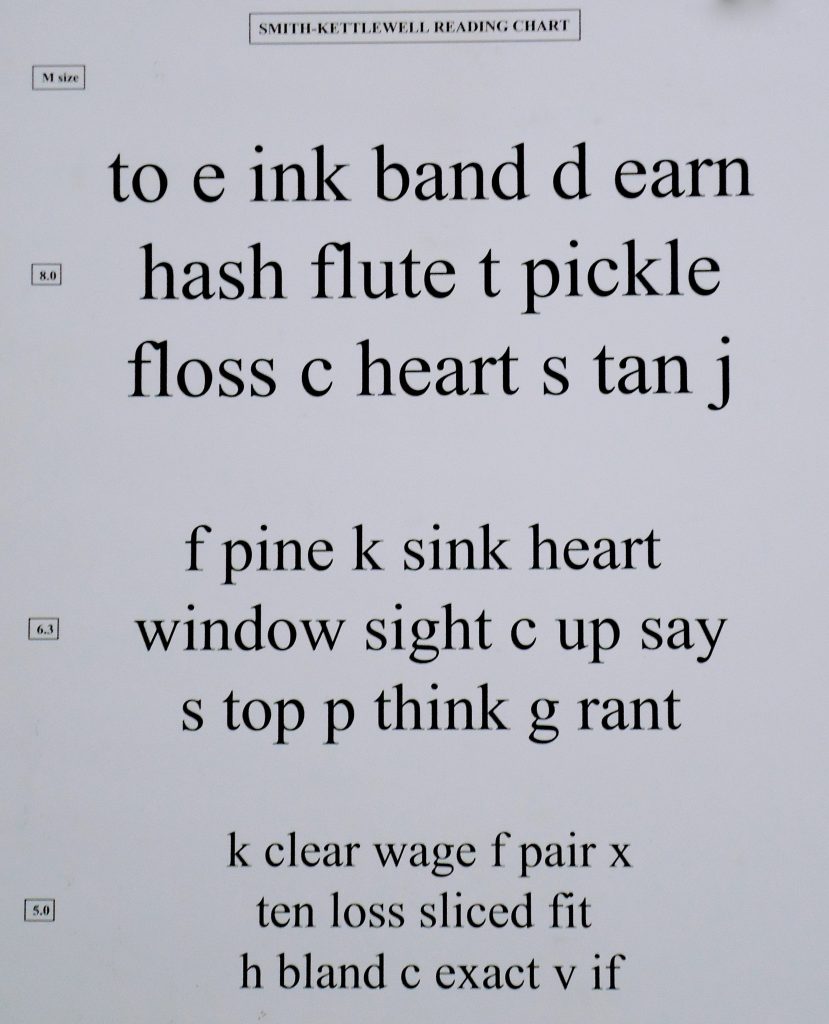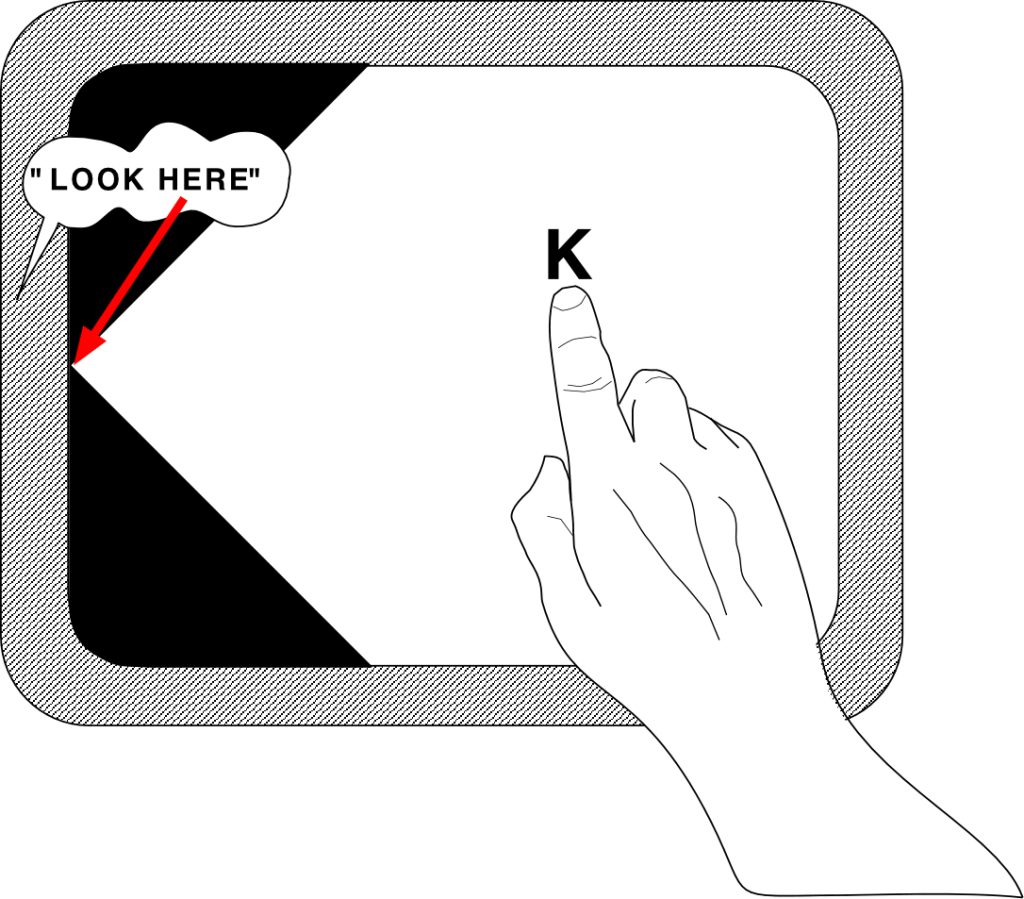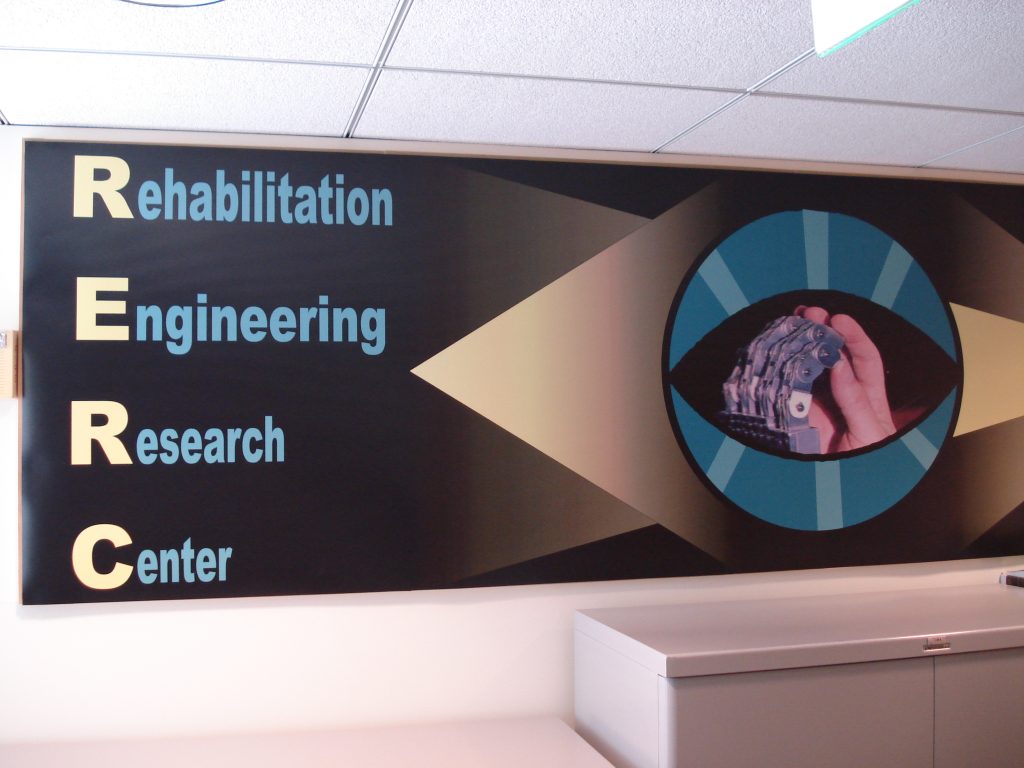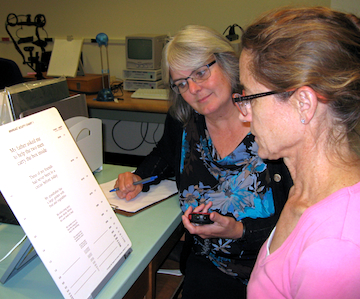State of the Science Conference On Rehabilitation Technology & Methods For a Changing Population
Date: Friday, December 4, 2015 Location: The Smith-Kettlewell Eye Research Institute, 2318 Fillmore St., San Francisco CA 94115 The goal of this invitation-only conference was to identify needs for future research in rehabilitation technology, methods for the blind and visually impaired population, and those with dual sensory loss. Program: 8:45 – 9:15 Check-in and coffee/pastries 9:15 – 9:25 Welcome 9:25 – 9:45 Keynote: Paul Schroeder (link to YouTube video) 9:45 – 10:45 Panel 1: Changing Populations. How should we change our approach to assessing and addressing visual impairments? (link to YouTube…






